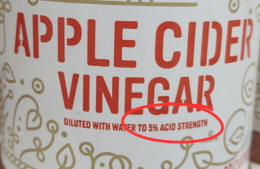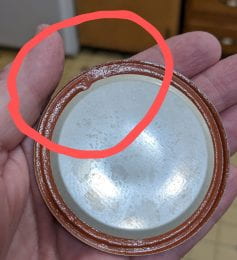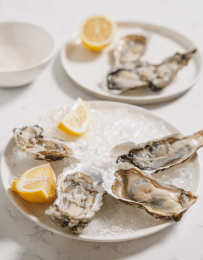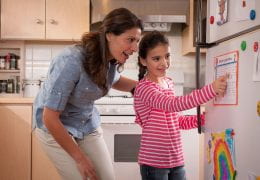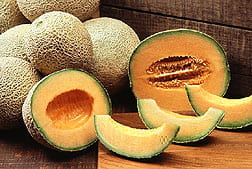
Photo: Canva.com
Whether adding lemon juice to tomatoes to acidify them safely or adding lemon juice to a jelly or jam, the best and safest choice is bottled lemon juice. Here’s why.
Bottled lemon juice is standardized, or uniformly acidified, per FDA regulations. Therefore, it is consistent which provides a known level of safety for food preservation. The final acidity of a food product is critical to deter the growth of microorganisms that can cause spoilage or foodborne illness.
Fresh lemons, however, have an inconsistent acid, or pH, level. This can vary within the same variety of lemons, but also vary due to maturity, growing conditions, soil, fertilizer, rootstock, and storage conditions. While safe to eat fresh for a great meal, they are not the safe choice for food preservation.
As a reminder, when canning tomatoes, they must be acidified by using bottled lemon juice, citric acid, or vinegar with 5% acidity. Here are the choices and recommended usage levels:
- Bottled Lemon Juice
1 tablespoon per pint
2 tablespoons per quart - Citric acid
1/4 teaspoon per pint
1/2 teaspoon per quart - Vinegar with 5% acidity
2 tablespoons per pint
4 tablespoons per quart
Sources: Iowa State University AnswerLine and K-State Research and Extension
